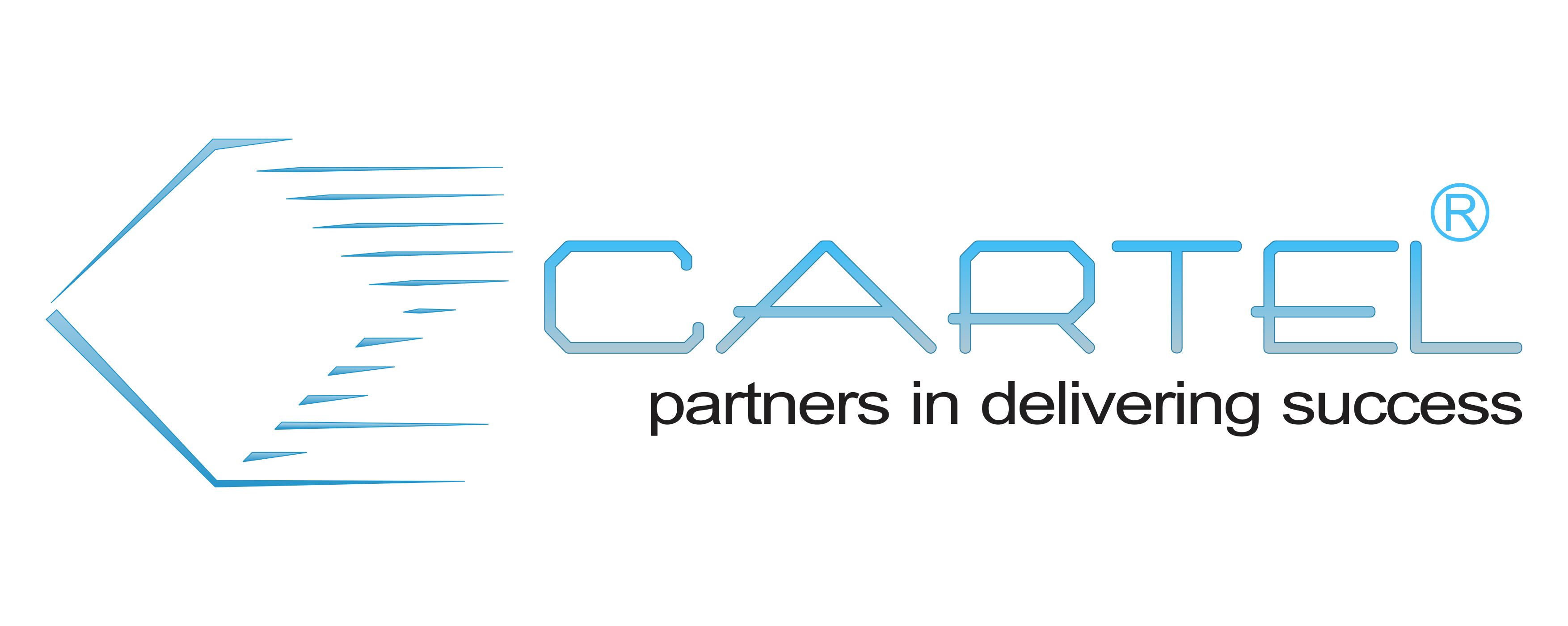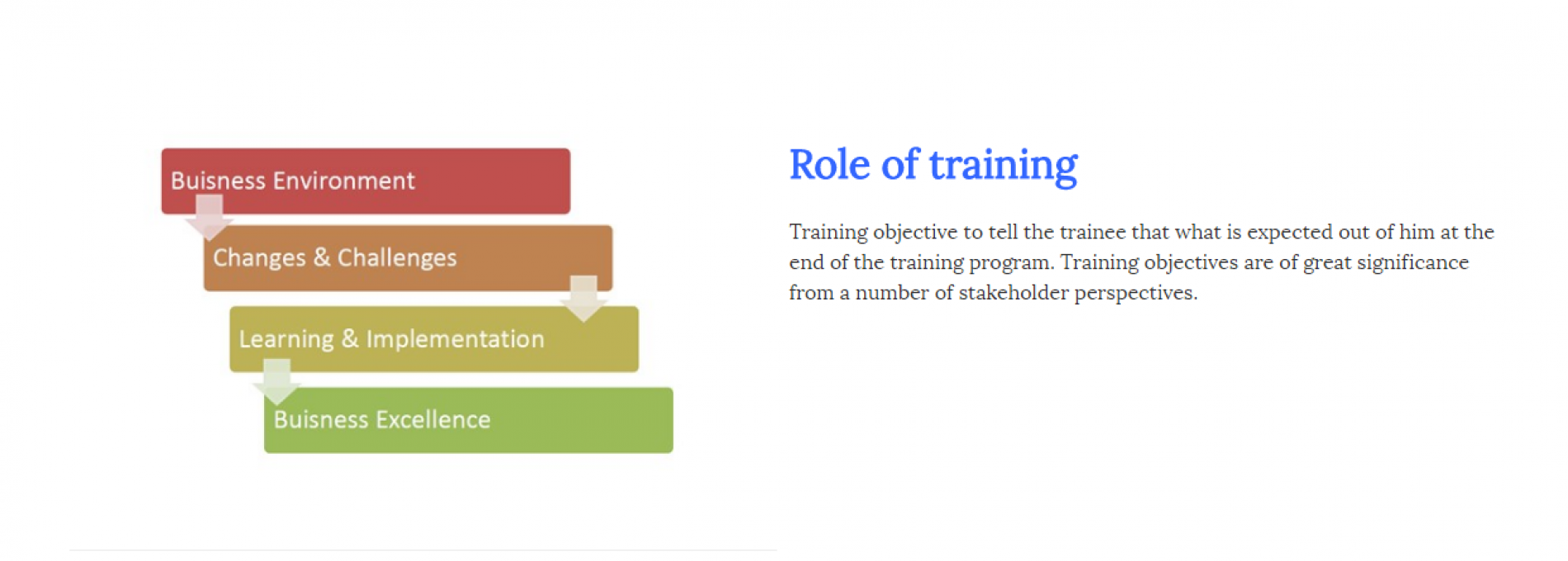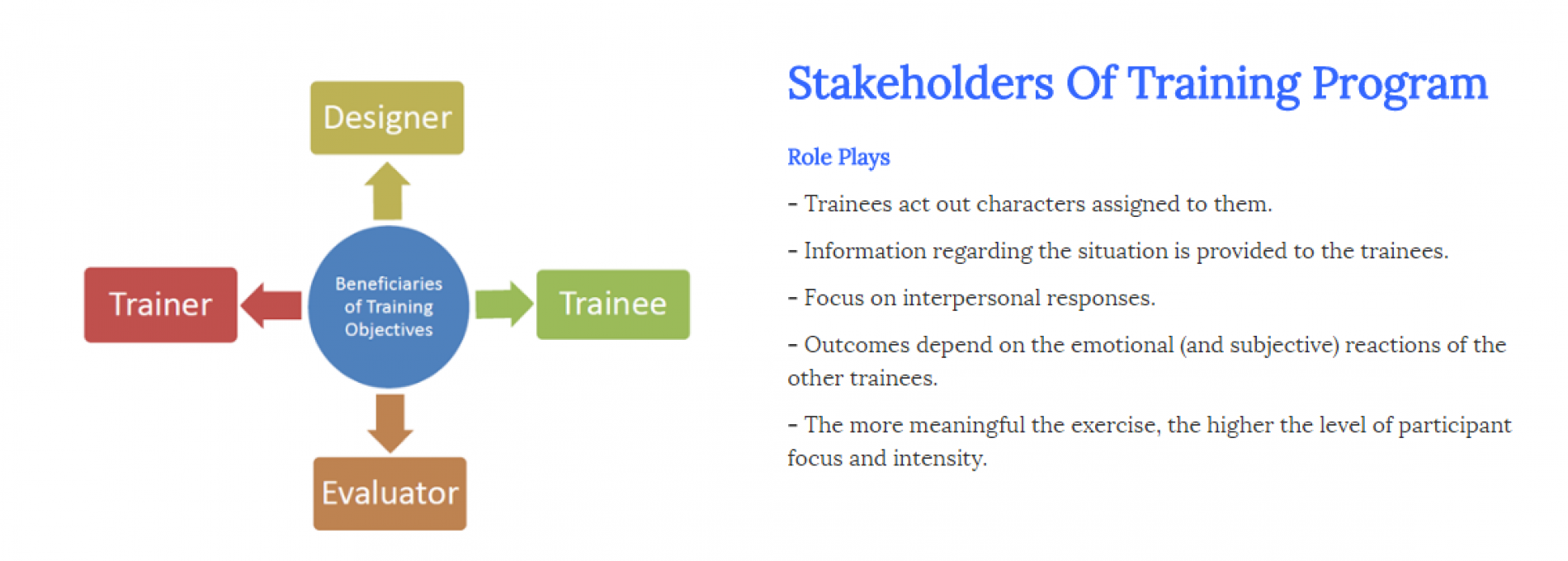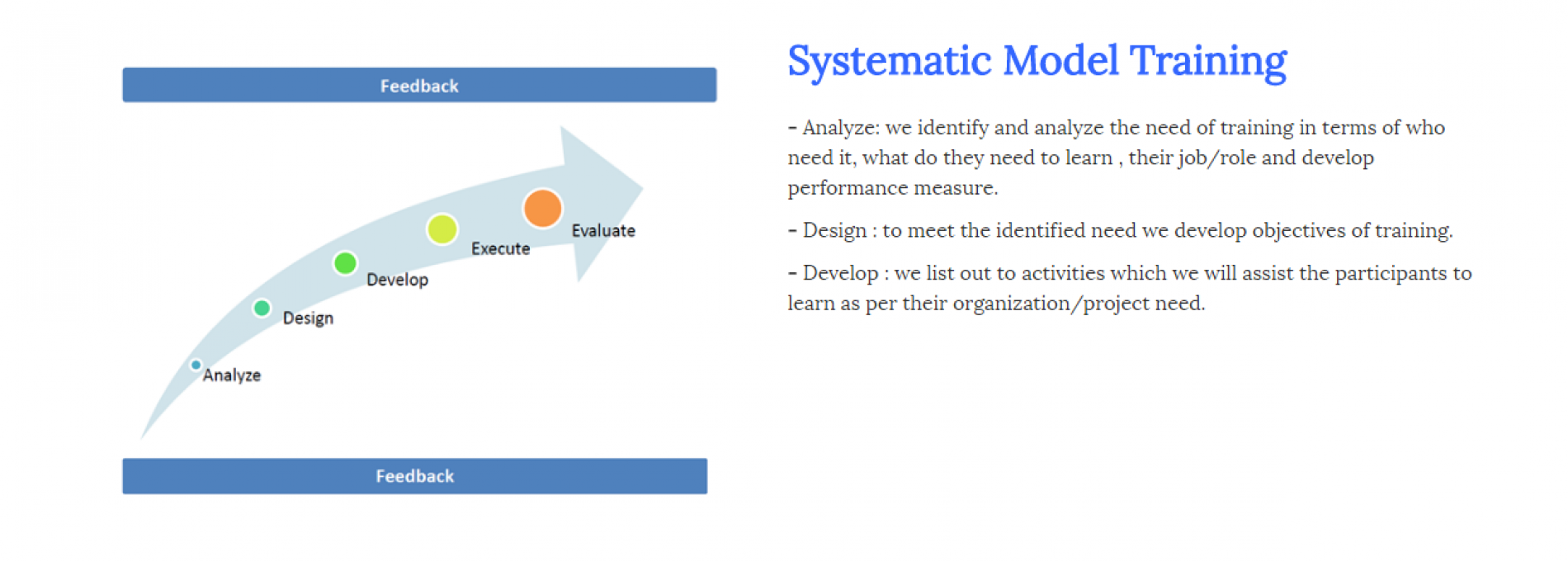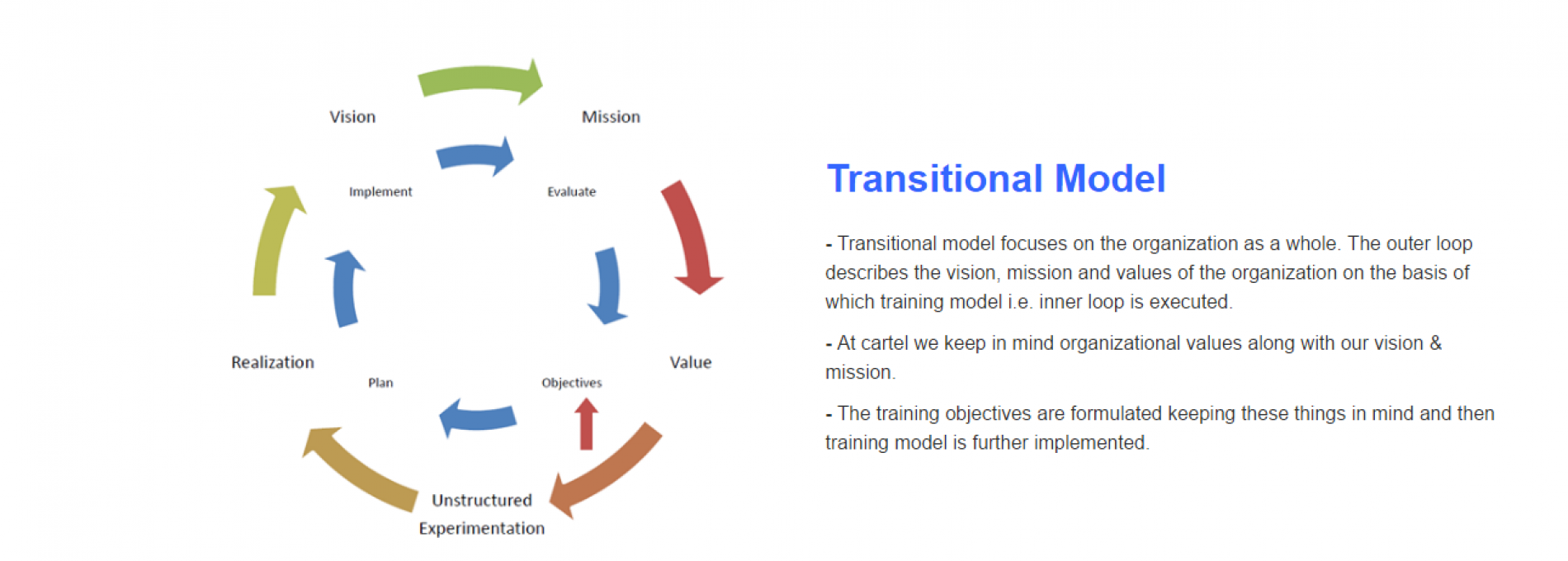Training (Cartel View)
It is a learning process that involves the acquisition of knowledge, sharpening of skills, concepts, rules, or changing of attitudes and behaviors to enhance the performance of employee (s).
Importance of Training Objectives
- It’s an activity leading to skilled behavior
- It’s not what you want in life, but its knowing how to reach it
- It’s not where you want to go, but its knowing how to get there
- It’s not how high you want to rise, but its knowing how to take off
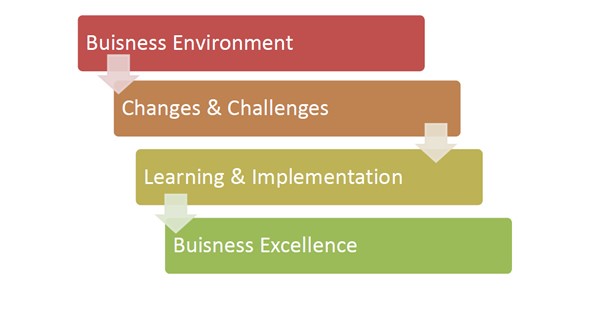
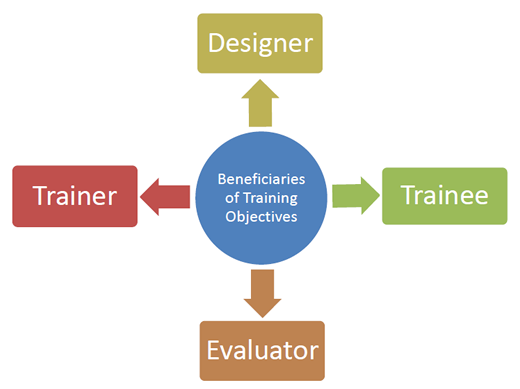
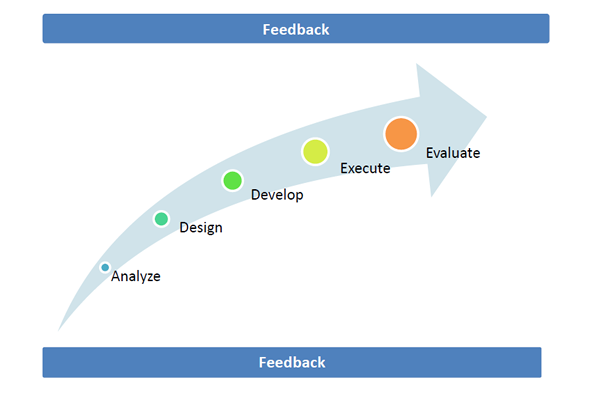
Role of training
Training objective to tell the trainee that what is expected out of him at the end of the training program. Training objectives are of great significance from a number of stakeholder perspectives.
Stakeholders Of Training Program
Role Plays
- Trainees act out characters assigned to them.
- Information regarding the situation is provided to the trainees.
- Focus on interpersonal responses.
- Outcomes depend on the emotional (and subjective) reactions of the other trainees.
- The more meaningful the exercise, the higher the level of participant focus and intensity.
Systematic Model Training
- Analyze: we identify and analyze the need of training in terms of who need it, what do they need to learn , their job/role and develop performance measure.
- Design : to meet the identified need we develop objectives of training.
- Develop : we list out to activities which we will assist the participants to learn as per their organization/project need.
Instructional System Development (ISD) Model
- The objective at Cartel to adapt this model was made to answer the training problems.
- This model is widely used in our company because it is concerned with the training need on the job performance.
- Training objectives are defined as per the job responsibilities and job description by our client (s) and we work around it.
- And we measure each participant in terms of pre and post test analysis by our trainer (s).
- The other reason to adapt this model at Cartel is it also helps in determining and developing the favorable strategies, sequencing the content and course material too.
ISD model comprises of five stages
- Analysis : training need assessment, job analysis and target audience.
- Planning: setting the goal of learning outcome , instructional objectives that measures the behavior of a participants after the training program, types of training material, method of evaluating training program.
- Development: translation of design decision into training material for trainer ( including handouts, workbooks, visual aids, presentation, etc) for participants handouts and summary
- Execution: we also take care of logistic require to execute the program with at most care we in advance to avoid last moment mess
- Evaluation: The purpose is to make sure that the training program has achieved its aim in terms of subsequent work performance by identifying the strength and limitations and making necessary amendments to improve our future practices
Transitional Model
- Transitional model focuses on the organization as a whole. The outer loop describes the vision, mission and values of the organization on the basis of which training model i.e. inner loop is executed.
- At cartel we keep in mind organizational values along with our vision & mission.
- The training objectives are formulated keeping these things in mind and then training model is further implemented.
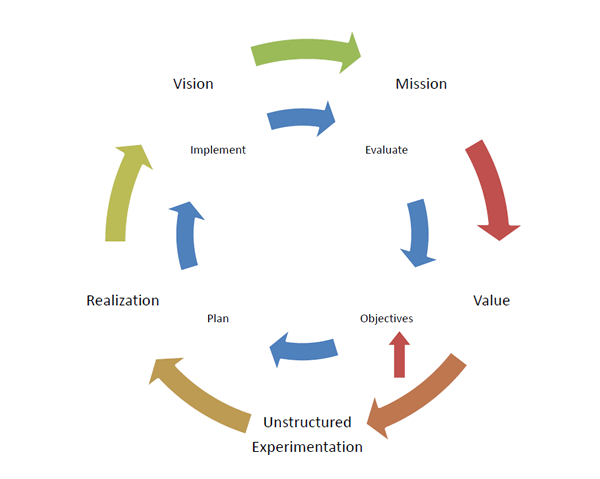
Training Methods
- Cartel consider and adapted both cognitive and behavioral methods
- In terms of demonstration, discussion, programmed instruction, case studies and role plays.
- We value upon each one of these depend upon the kind of the training and the audience.
Home Citrix Courses Training Our Clients Contact Us
Copyright 2016 © Cartel Network Solutions Pvt Ltd. All Rights Reserved Designed By: Archana K Udupa
